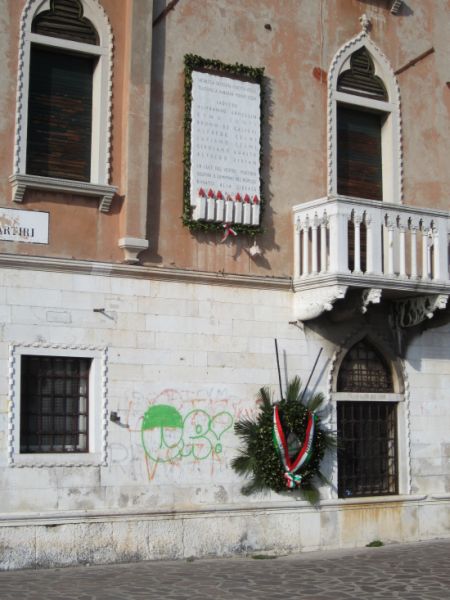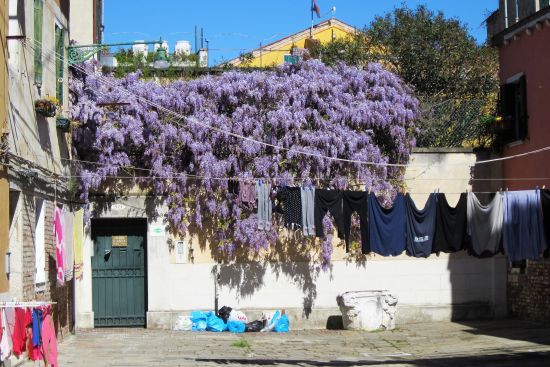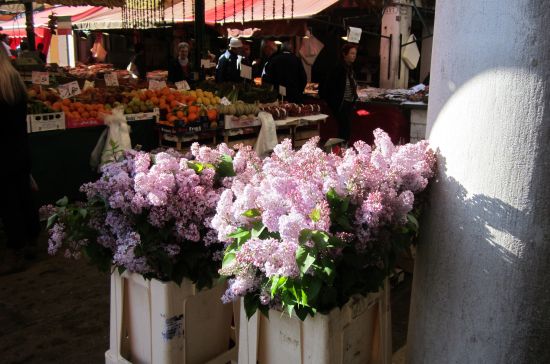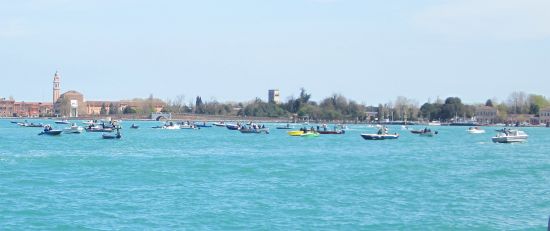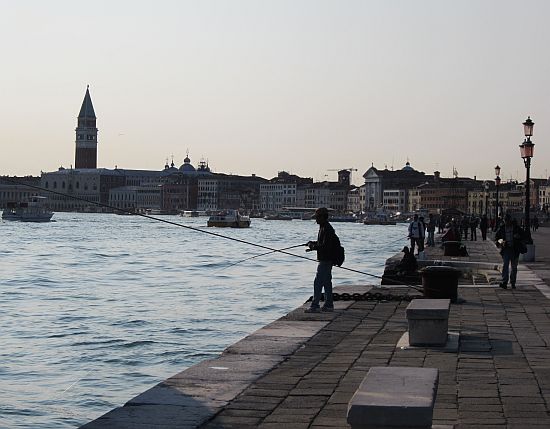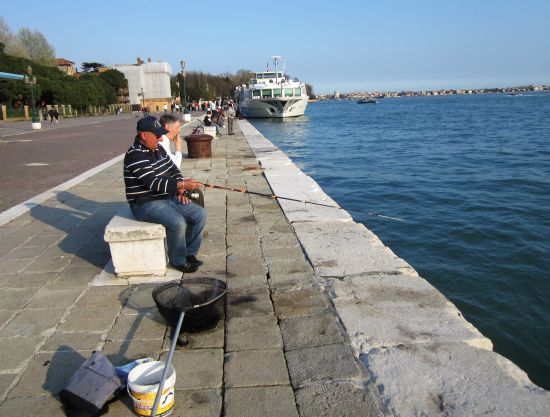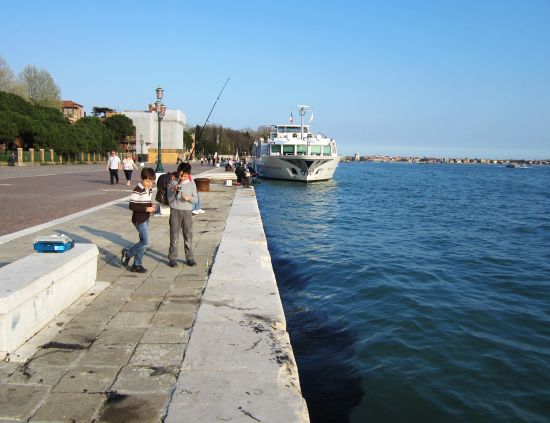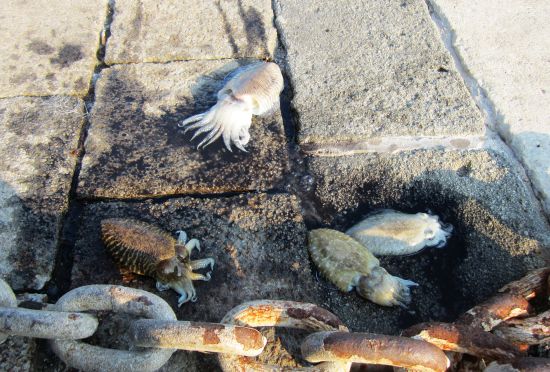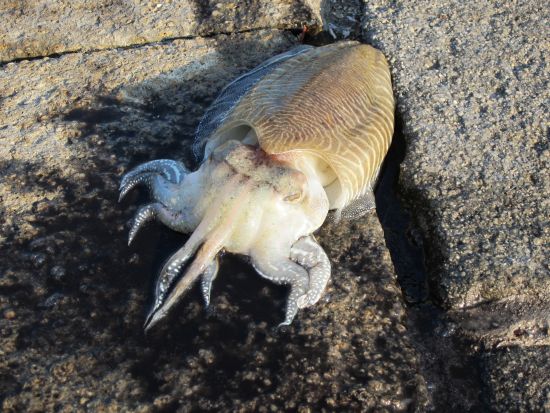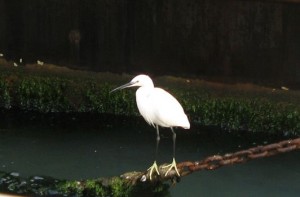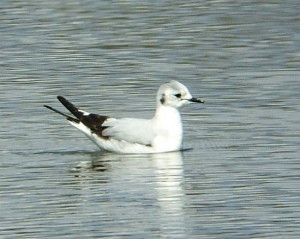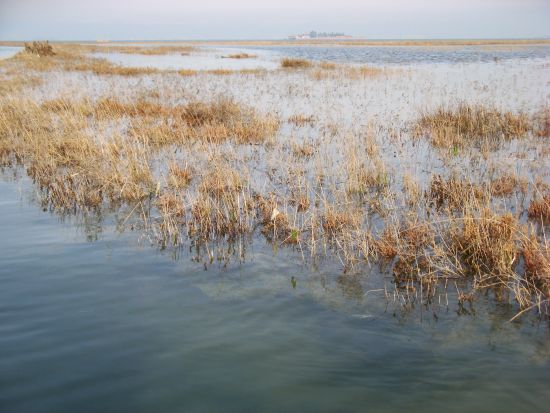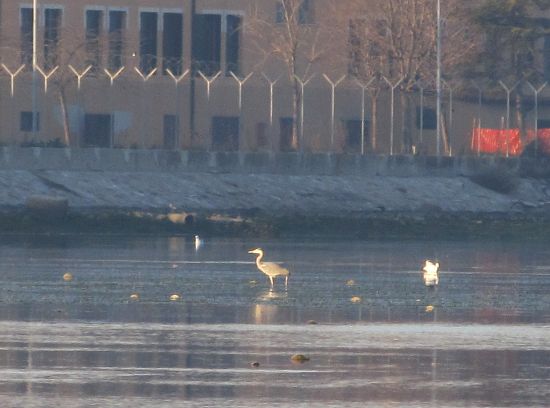I must go down to the blog again, to the lonely blog and the sky…..
More time has passed than I intended between my last post and this, though as usual many of the reasons had to do with putting down slave revolts in the technological departments of my life. (Apologies to anyone offended by the word “slave.”) My computer seized up. The espresso machine has had a nervous breakdown. Transferring my cell phone number from one company to another was an adventure within an adventure. My cloud backup service has gone into a semi-permanent stall. My photos stopped uploading to Flickr. We’re still waiting for the boiler-repair company to come repair the repair of April 16. The kitchen clock died.
But all this is no more preposterous or tiresome than what’s been going on all around the most-beautiful-booby-hatch in the world. The past two weeks have seen the return of many well-worn themes. If they were music, they would be familiar tunes — perhaps transposed into another key, or performed by different instruments, or converted from pieces usually played on a lone kazoo into swelling symphonic creations. But the same tunes, nevertheless. They practically qualify as folk songs.
The ACTV is always prime territory for the absurd.
An annoying number of the turnstiles keep breaking at the docks on the Lido, causing commuters to miss their boats to work. Sebastiano Costalonga, a city councilor who has made squaring away the ACTV part of his mission on earth, has pointed out that there are seven turnstiles at a typical London Underground stop, through which millions of people pass each day, while on the Lido there are 48 turnstiles, through which, on a really big day, perhaps 20,000 people will pass.
The ferryboats connecting the Lido to the rest of the world continue to fall apart and be taken out of service for repairs (one boat has been in the shop for nearly a year. Are they plating it with rhodium?).
The personnel of the ticket booths went on strike for two days, April 30 and May 1, when storm surges of tourists were naturally expected to overwhelm the city, which meant that tickets were sold only by the individual on each vaporetto who ties up the boat at each stop. You can imagine how many he/she managed to sell. Or even tried to sell.
The company is 17 million euros in the red, but the ACTV drivers are the highest-paid in the entire Veneto region. The ACTV is like the Energizer Bunny — it just keeps going.
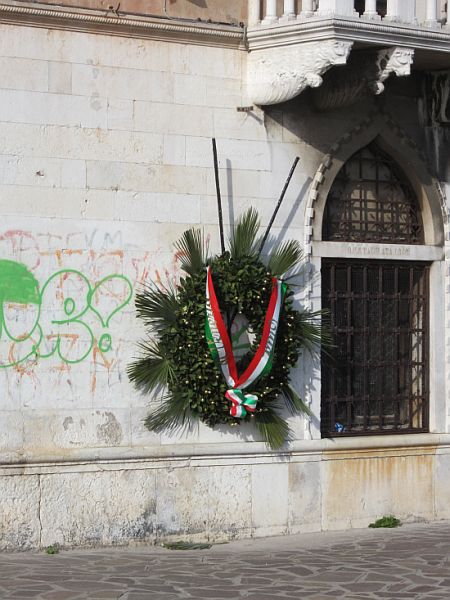
Then there are the Illegal Vendors: Whatever they’re selling, they’re everywhere, and there are more of them every day.
First (and still) were the West Africans, who sell counterfeit designer handbags from bedsheets spread on the pavement. While this squad continues to proliferate, it has been joined by Bangladeshi and Sri Lankan vendors of gimcracks such as fluorescent darts which gleam when flung skyward and balls of gelatinous rubber which flatten when hurled to the ground, then re-form themselves before your eyes.
A sub-division of these ethnic entities has taken over the wandering sale of long-stemmed red roses, which used to be offered mainly from table to table in restaurants, but which are now available all day long in the Piazza San Marco, and environs. Illegal corn for the pigeons: After years of struggle, the city finally convinced the vendors with their little trolleys in the Piazza to switch from grain to gewgaws — this being the only effective way to limit, or even reduce, the plague of feathered rats which had passed the 100,000 mark and was still growing. So now corn is being sold surreptitiously by the handful from the pockets of the red-rose vendors. Still, on April 25, a blitz by the police in the Piazza San Marco netted plenty of swag abandoned by the fleeing vendors, leading off with 1,408 roses. The day before that, the police got hold of 22 kilos (48 pounds) of illegal corn.
But these are temporary events. Stashes of illegal pigeon-corn have been found hidden in the garbage around San Marco. Intermittent reports of these discoveries and confiscations, whether of goods or of people, imply progress, but they would be the intermittent reports of emptying the ocean with a teaspoon. Uncollected fines have reached some three million euros; one illegal rose seller was reported to have laughed and shown some employees of a shop near Rialto his collection of tickets — five so far, one of them for 5,000 euros. “Stupid police,” he said, “I don’t have anything and I’m not paying anything.”
The complaints of exasperated merchants and citizens have finally caused the city to increase surveillance by putting officers on patrol, from police in plainclothes to carabinieri in full battle gear. But only on the weekend! Still, there was plenty to do: Twenty-eight illegal vendors spread across the Bridge of the Scalzi were nabbed with their bags and sunglasses and camera mini-tripods! (I know from personal examination that the bridge is 40 steps on each side, so that comes to one vendor every 3 steps. But somehow it must be hard to see, because citizen outcry was needed in order to focus the city fathers’ eyes on it.)
Sometimes there are violent altercations between vendors, based on subtleties of territory and rights thereto — though the concept of someone claiming the right to something illegal is kind of special. Many are often without papers, so they’re already in tricky territory where the concept of rights is concerned. One recent nabbee, from Senegal, was discovered to already have been sentenced to five months in prison, by the court of Florence.
The city council dusted off a year-old proposal to issue residence permits (permesso di soggiorno) with points, like a driver’s license. It didn’t pass, for various reasons, some of which verged on silly: “What are supposed to do,” asked one councilor — “expel the women caretakers because they get a fine for illegal parking?” But another summed up what everybody has long since recognized: “Even the police can’t manage to do much if there isn’t collaboration from the local politicians. The message which has been sent out is that here there isn’t the kind of determination there might be in other cities because of a misunderstood sense of solidarity.” (Translation: We feel sorry for the poor foreigners.)
Speaking of illegal vendors, the mendicants from Rome who dress up as Roman centurions and pose for pictures near the Colosseum attempted to set themselves up here. Some of you might wonder at the congruence of fake Roman soldiers with fake swords and breastplates in Venice, but the tourist-guide association didn’t need to wonder. It managed to drive them decisively out of the city in a matter of a few days. Instead of police and carabinieri, why don’t we just pay the tourist-guide association something extra to clear out the illegal vendors of everything? Or better yet, send them roses?
As Roberto Gervaso noted in his satirical column in the Gazzettino not long ago, “Our generals manage to lose even the wars they’re not fighting.”
The only antidote I know to all this is to go places and do things which only give pleasure. And there are plenty of them, in spite of all the weirdity. All you have to do is pull the plug on that part of your brain that concerns other human beings. Here are some views of what we’ve done or seen that have made the past few days more than usually pleasant.

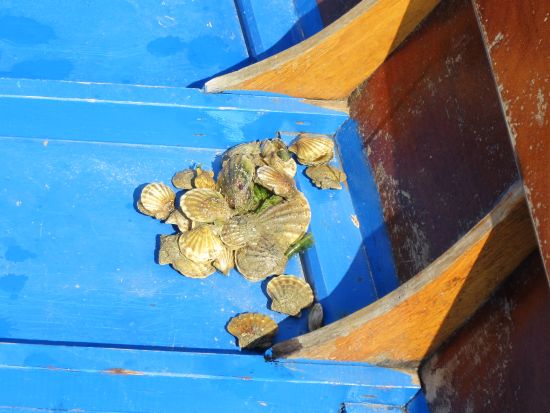

- This is the first time I’ve ever seen this creature in the fish market. The label here calls it “pesce sciabola,” or saberfish, but I see that it is known in English as scabbardfish (Lepidopus caudatus). It was brilliantly silver and shiny, just the kind of saber I’d rather not confront.
-
And despite all the rain in March, the wisteria has come out right on time. Along with the laundry, and the trash. Lilac is here so briefly that I took a mass of pictures. Bonus: Lilac-shadow.


